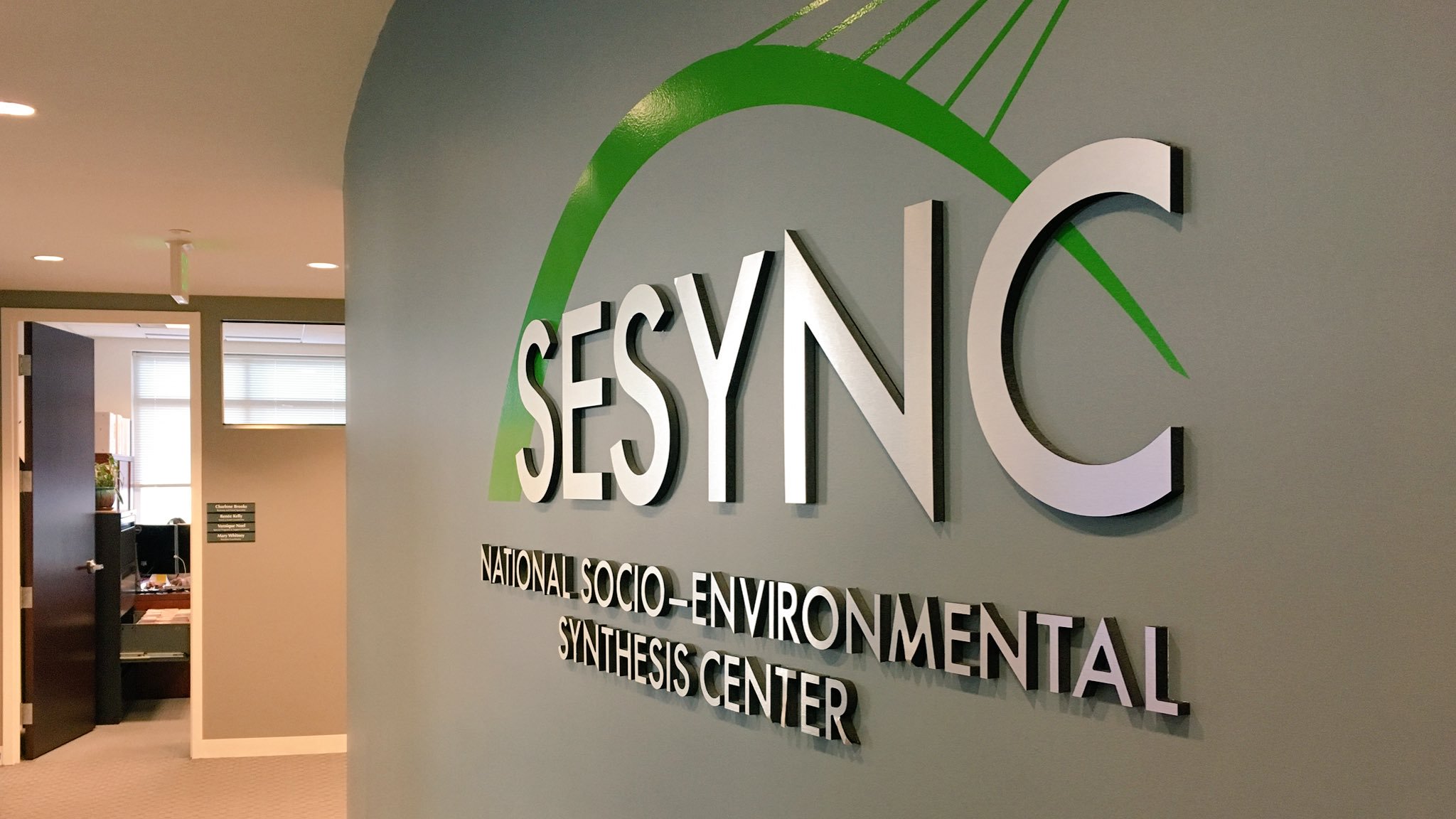Our site is moving to:
http://nricaribou.cc.umanitoba.ca/cariboudiversity/
Thank you to everyone who has contributed photos of caribou!
The main objectives of this project are to:
1) Build a comprehensive database of caribou physical appearances across Canada and Alaska. To date there is no dataset that describes the extensive diversity in caribou morphology. The use of digital cameras, information sharing, and other new technologies provides a novel and extremely widespread dataset of caribou observations.
2) Identify groups of caribou based on physical similarities. Defining caribou populations is challenging. We propose to use humans’ innate ability to visually classify objects in a pairwise photo comparison application. We will ask viewers to compare pairs of caribou photos on a website and rate them on their degree of similarity. By compiling results from multiple comparisons (judged by the public, scientists, and managers) we hope to determine if caribou groups (based on physical features) correlate with distribution or genetic relatedness.
3) Develop innovative methods to engage the public in scientific research. We are interested in exploring if this “crowd-sourcing” approach can be helpful for identifying differences among groups of animals. We know that people are generally better than computers at detecting subtle differences between objects. This project will be able to test people’s ability to discriminate between caribou photos and may have applications to other citizen science research projects. Finally, through outreach and sharing this project will help involve scientists, managers, and the public in caribou research.
Why we need your help:
We would like to start with an early trial period to test our methods. Sharing your photos of caribou will help our efforts. Please share this email with any colleagues or friends you think might be interested in helping (or share on other social-media outlets).
What we need:
Photos of caribou |
Caribou photos should be large enough to distinguish major physical features such as antlers, mane colour, coat colour and markings, facial shape, etc. | |
Location |
Please include as much information on the location as possible. To find the latitude and longitude easily in google maps just right-click on the desired spot on the map and, from the menu, choose “What’s here?”. The coordinates should appear in the search bar. | |
Date |
Date that the picture was taken. This will allow us to make sure pictures are compared by season. | |
Extra
|
Please include if possible: name of photographer, address/affiliation, subspecies if known, caribou population if known, caribou age and sex if known, photo orientation (front, side, ect), and any additional comments. |
Photo protection:
We understand that some people would not want their photos to be misused on the internet. We will only display low resolution photos (72 dpi) on our website and will mark them with our project watermark. We will remove personal watermarks, as they may give away too much information about the location of the caribou or bias results.
Future:
When our site is up and running we will invite you to help rank photos based on their similarities. We also eventually hope to include an interactive map that would display photos from across the distribution of caribou.
We would like to acknowledge your participation in the project by listing all contributors and their organizations on the website. If you would like to remain anonymous, please let us know.
Project Update!
Please visit: http://nricaribou.cc.umanitoba.ca/cariboudiversity/
Flyer:
Please feel free to share and distribute.


















